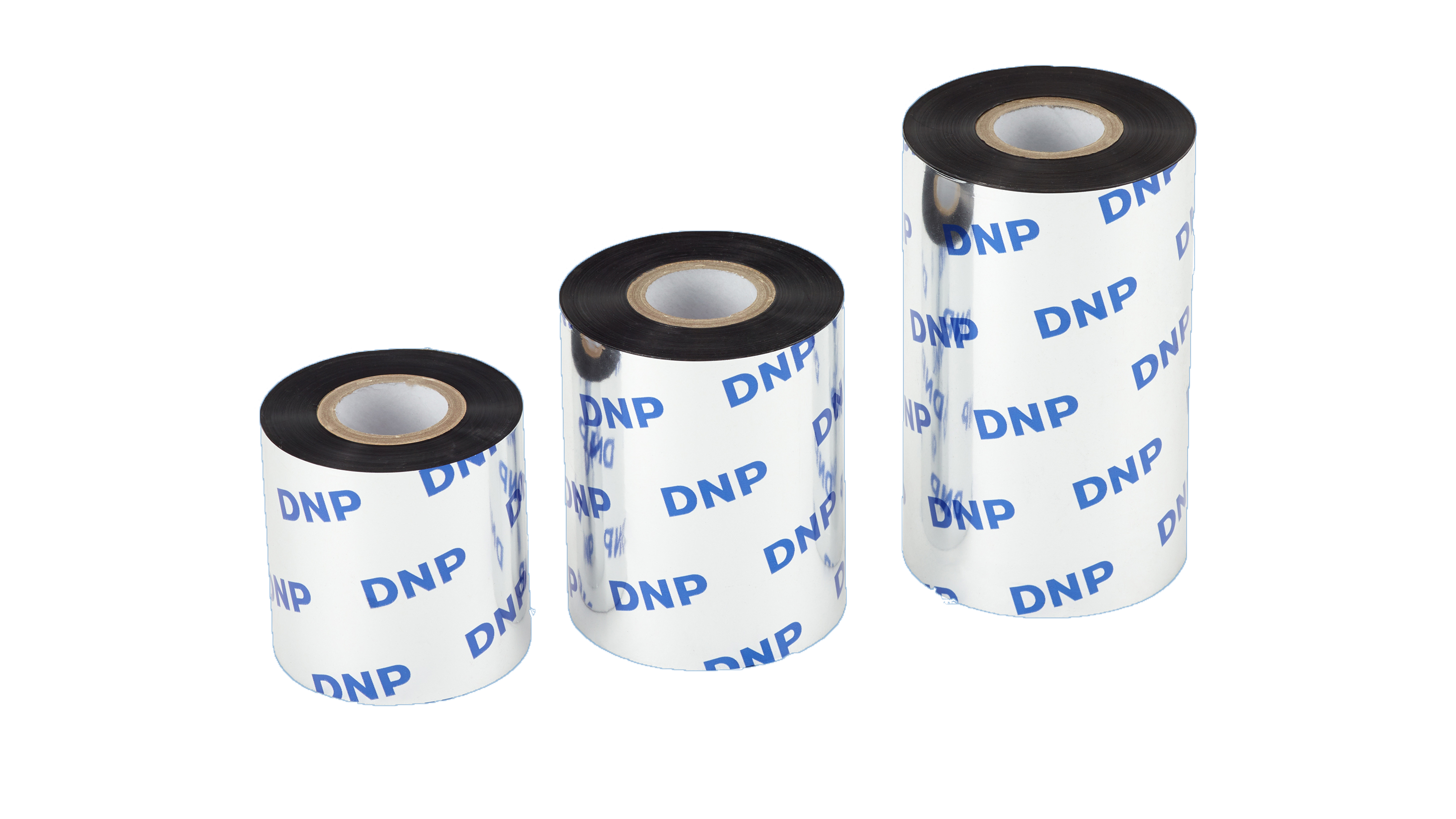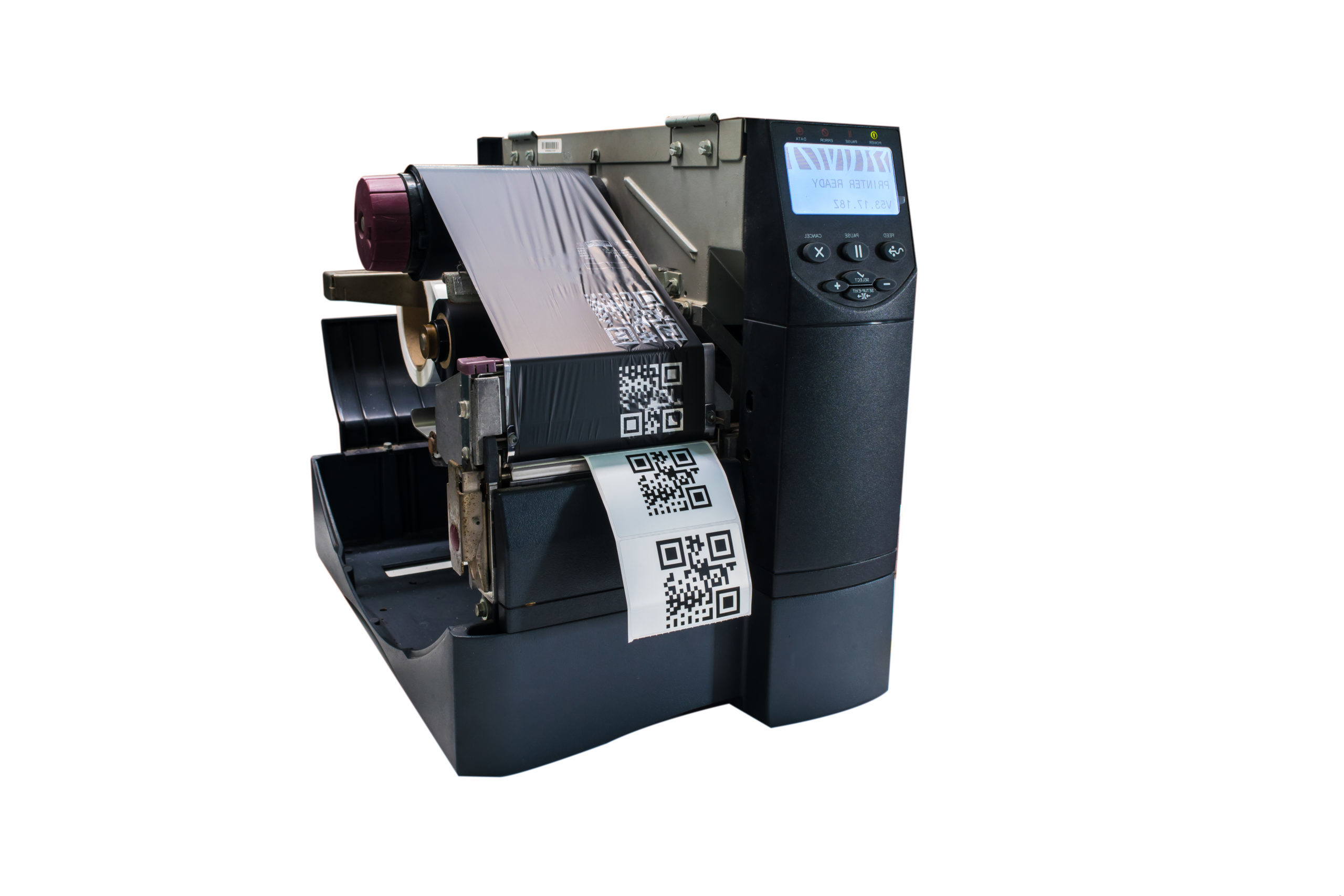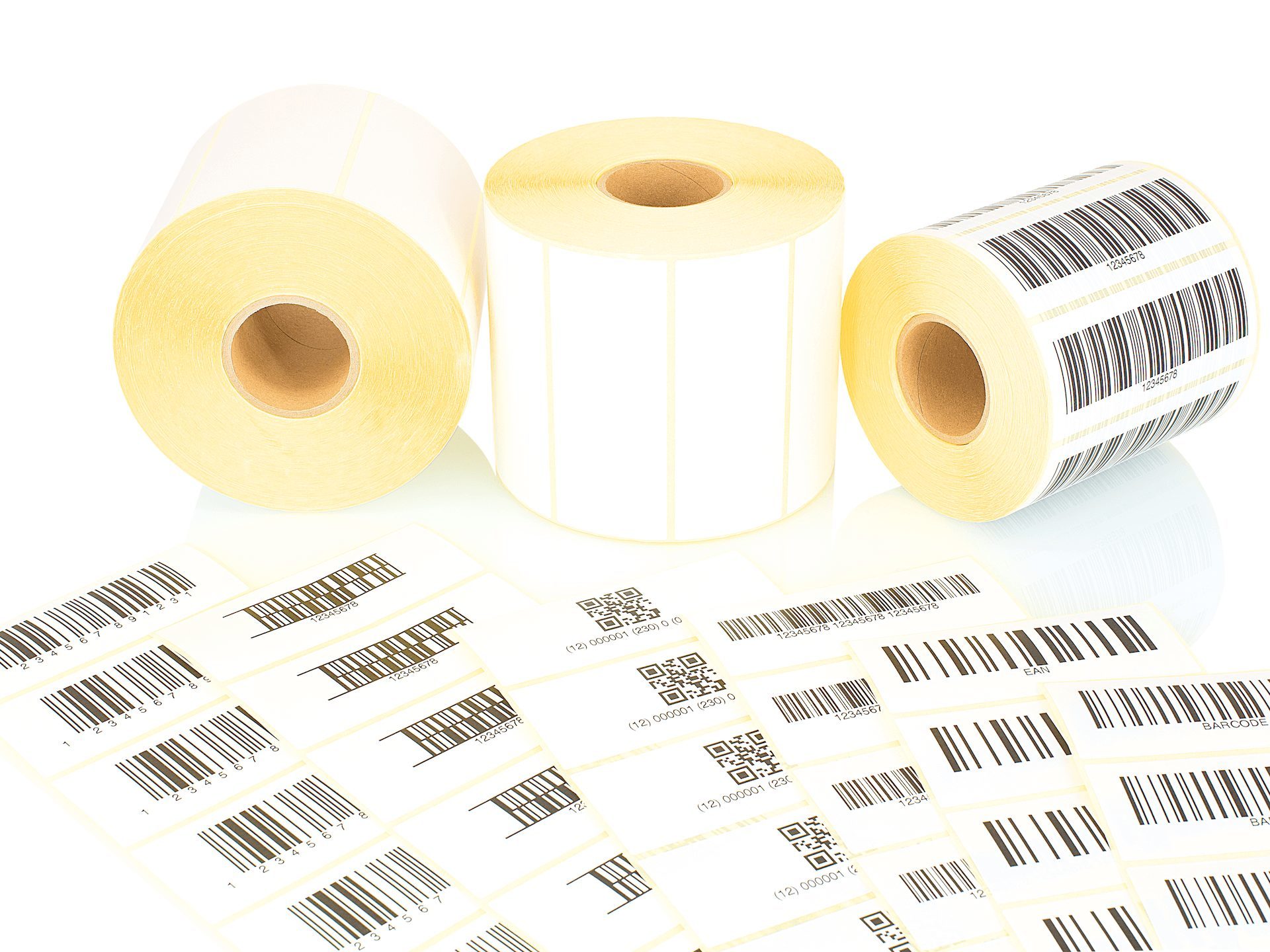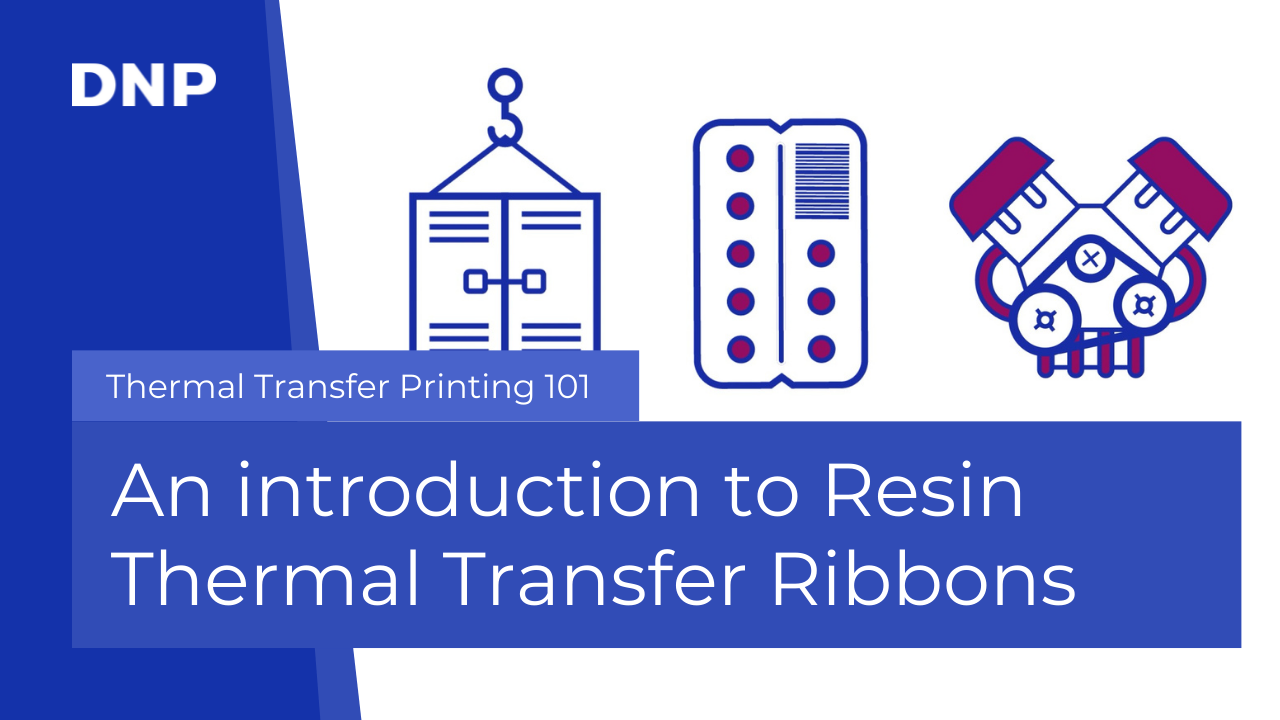What are resin thermal transfer ribbons?
Thermal Transfer Ribbons come in 3 main groups. This animation explains the specifics of resin thermal transfer ribbons.
Resin ribbons are named after the synthetic organic compound, or resin, which carries the ink. These ribbons are used for the most durable applications, for example for the printing of chemical containers, pharmaceutical items, engine parts, and outdoor applications. For instance on piping and machinery on offshore platforms.
Information printed with resin thermal transfer ribbons is made to endure the ravages of time.
How to print with resin thermal transfer ribbons?
Printing with a resin ribbon requires a ‘higher heat setting’ on the printer. This is needed to activate the binder that fixes the ink to the substrate. Additionally, resin thermal transfer ribbons have a protective layer, to shield the print from the elements.
This results in a highly resistant print, able to withstand large amounts of abrasion, heat, solvents, and other chemical agents.
Resin thermal transfer ribbons are available for both flat-head and near-edge printers. Typical printing speeds are between 2 and 6 IPS on flat-head printers and 4 and 10 IPS on near-edge printers.
Some specific resins for inline printing reach speeds of 30 IPS and more.
What substrate should you print on with a resin thermal transfer ribbon?
Resins are mostly used on smooth substrates, usually synthetic materials like PE, PP and PET.
But can also print on matte, synthetics, and coated paper; while some resins are even able to print on uncoated paper.
Special products are available for materials such as textile, rubber, Teslin®, and Tyvek® Brillion.
On
this page, you can find specific information of printing on different substrates.
What kind of resin formulations does DNP offer?
DNP provides a complete range of resin thermal transfer ribbons that enable you to easily print high-quality coding on a wide range of materials depending on your exact needs.
The DNP range includes qualities for flexible packaging such as the versatile resin, V390 or R396 for high-speed printing or a range of high-quality resin formulations for flat-head printers as wellm such as the well-known R300, DNP’s versatility defined resin V300 or the ultra-durable R510HF and R550.
Are you in need of technical support in finding the right resin Thermal Transfer Ribbon formulation? Our experts are specialised in securing the best possible print result for you. We are here to help!

In what industries are resin thermal transfer ribbons used?
Generally speaking, resins are used in industries where the print should survive things like severe abrasion and exposure to chemicals, sunlight, extreme temperatures etc. Other reasons to use a resin are the need for a long life-time of a print or a high impact from an unreadable print. A typical resin application that ticks all these boxes is a container containing a hazardous chemical: the print on such a container should be resistant to the chemical it contains and should also remain readable after (long) exposure to sunlight or other external influences. The impact of an unreadable print on such a container is high as it creates a risk for the handler and the information should therefore also last the lifetime of the packaging. On our
industries pages, you can find which resin ribbons are recommended for the different applications.





